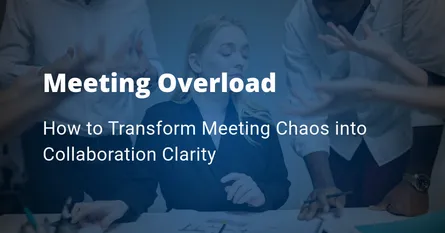
To Improve Team Performance Try Faster Trust-Building
- Admin
- Collaboration
- 22 Sep, 2023
Remote work became the new norm in 2020. Since then, employers around the world have embraced flexible schedules for their teams, leading to new remote work trends and more remote work options. What many companies failed to notice was the impact on team performance. In this post, we’ll discuss how to improve team performance through trust building. We’ll explore why it’s important and how you can accelerate building trust in a remote environment.
The Power of Trust-Building to Improve Team Performance
“Trust gives you the permission to give people direction, get everyone aligned, and give them the energy to go get the job done…” – Douglas Conant
We all know how important trust is – especially when someone betrays it — and how much we need it. But it can be elusive. And there’s plenty of evidence to support the need to experience it professionally.
Many U.S. studies report high-trust organizations are 2.5X more likely to be high-performing revenue companies than their low-trust counterparts. In 2016, Bart de Jong and colleagues conducted 112 studies with nearly 8,000 teams, finding a positive relationship between intra-team trust And achieving shared goals.
Further, the people analytics firm Great Place to Work®, partnering with Fortune, produces the 100 Best Companies to Work For. In 2021, Great Place to Work surveyed over half a million employees on issues around trust, caring, and how fair the company is in times of crises; employees’ physical, emotional, and financial health; and the company’s broader community impact.
Analysis revealed strong links between positive employee opinions and how employees witnessed their senior leaders and direct managers during the crisis. Seventy-one percent of winning workplaces scored better than in pre-pandemic times, increasing employees’ experiences of workplace trust by an average of three percentage points. It’s not surprising that the trust between managers and employees is one of the primary defining characteristics of the very best workplaces — and improved team performance.
The 3 Most Important Trust Contributors to Improve Team Performance
Trust is not absolute. It takes these three things: PREDICTABILITY, DEPENDABILITY and CONFIDENCE.
There are 3 states within which we feel we can trust. When we:
- Expect that a person will behave predictably. Expectations could be implicit or explicit.
- Can let go of the need/desire to control what another person will do — there is dependability.
- Are willing to be vulnerable, like when we open ourselves up to someone in good faith – confident that we’re safe to share.
A willingness to be vulnerable depends on a few things too. Mayer, Davis and Schoorman, in their development of a Trust Model, discussed three elements that must be in place before we allow ourselves to be vulnerable, taking the risk to trust. We allow ourselves to be vulnerable when we believe someone:
- Shows Ability – knowledge, skills, competencies that allow someone to have influence in a specific area.
- Has Integrity – is on same page with us about the principles we uphold—often implicitly assumed.
- Is Benevolent – the extent to which we believe that a person wants to do good for us. It’s about caring about the other person, not having a vested interest, and not benefiting from the relationship.
As you might guess, building trust typically takes time because it’s based on experiences. However, in today’s remote work reality where things happen quickly and there is less and less chance of organic interactions, it’s becoming imperative that we expedite the process if we want our teams to perform better and to achieve results.
How to Accelerate Trust-Building for Your Teams
In some ways, technology has facilitated our ability to stay connected. At the same time, it has made it more challenging to build trust.
Plus, with the sharp increase in working remotely, relying on Zoom, Teams, Lifesize, and WebEx for our communication, means we lose so much – especially when you consider studies show that 70-90% of all communication is non-verbal. Those non-verbal cues are valuable for reading each other, and can often get lost through a small screen.
Further, we’re going through a time of renewal – new ways of thinking about who we are and what we’re about. Some have called it the Great Resignation, but it seems to be more about taking a step back to “see the forest for the trees,” paying closer attention to how we connect and behave.
Technology has made it possible to learn about one another more quickly and easily. There are so many tools on the market for better team performance, different in their presentation, similar in their derivation of types. Many are highly prescriptive, leaving little room for discussion, situational influence or self-discovery.
And when it comes to building trust, self-discovery is crucial. That’s why a psychometric assessment works best to accelerate trust-building to improve team performance.
Invest in Trust-Building Technology for Team Engagement
In the coming year, companies will continue to rely on software solutions to improve engagement and company culture. The key is understanding your employees’ personas so you can leverage that data to improve self-awareness, enhance team collaboration, elevate emotional intelligence, and actively manage culture.
In practical application, an employee persona derives from this thinking and is the sum of one’s psychometric self-assessment. This sum is called a talent profile and details a team member’s behaviors, motivators or values, work energizers and life priorities — using three primary business archetypes or personas.
Self-Awareness
Once reserved for the executive level and requiring extensive consultation, deep insight into how you prefer to think, engage, and apply oneself is available for all employees. It’s that kind of self-awareness — when people better understand their success factors — that helps them leverage their strengths and more easily identify the kinds of opportunities that align with their professional goals.
Accurate self-knowledge is the key to getting what you want out of life. And with a talent profile that goes deep into your behaviors, motivators, work energizers, and life priorities, employees can see their tendencies in real-life action.
Improved Collaboration & Emotional Intelligence
So you’ve helped your team members become more aware of their tendencies. Great!
Now, it’s time to leverage these predominant behavioral themes for your team to achieve better communication and collaboration. That starts with elevating emotional intelligence across your team.
Imagine being able to take emotional intelligence insights from your team members’ profiles and put them right where employees communicate most often — think meetings, chat, and email. You’re probably already using communication technology like Slack, Microsoft Teams, Gmail, and more! But you’re probably not optimizing your use of those tools by integrating emotional intelligence for your team.
With a simple integrated plug-in, you can give your staff the kind of information needed to better communicate and collaborate with one another — based on their talent profiles & personas — taking all of the guesswork out of it and allowing them to spend time on the work that matters. This then leads to better team performance.
You just click on meeting participants or email recipients and see real-time tips and recommendations for communicating, motivating, and influencing.
Imagine knowing who best from your team to tap on for pre- or post-meeting action items, for helping leading certain initiatives while identifying those better suited to document or support, and who might benefit from a heads up on particular messages. This is EQ in action, using your your team members’ behaviors, motivators, and work styles.
Culture Management
Now, take this data for each of your team members and roll it up. When you’re able to aggregate this data, you’ll find yourself with actionable insights into team dynamics for comparative analysis.
You can gain insights into the makeup of your team in order to better understand your culture. You’ll see your team’s similarities and complements on a continuum with team strengths highlighted and potential gaps identified. This kind of information can help you finally manage culture in a way to drives team effectiveness:
- Map current vs. target cultures for teams or the entire organization
- Pinpoint strengths and gaps to identify necessary shifts — what do we need more of or less of
- Understand what work motivators contribute most to your team’s culture
In addition to leveraging technology to better and more quickly understand employees so you can build trust with your team, here are some other strategies to keep in mind.
Lead with Empathy to Improve Team Performance
As a leader of remote employees or distributed teams, you set the example. In any team, remote or not, it is crucial to be mindful and considerate of your colleagues as whole people. While this may sound simple, we’re often not great at considering things outside our immediate range of experience.
Here’s what you can do foster this in your team:
Opportunities for improving your empathy muscles:
Create regular virtual opportunities for your team to meet, both formally and informally, and encourage them to share more about themselves, their families and personal interests. As a team, create and nurture an environment where it is encouraged to express a more personal side of yourself. More social communication of this kind is related to higher levels of trust in remote teams.
- Ask questions. Demonstrate that you have listened and that you care by asking questions because you want to learn more. In addition to asking the other person questions, ask yourself questions like, “How would I feel or what would I do in this situation?
- Assume positive intent. Remote work and the endless flood of information and online communication can easily lead to misunderstandings, turning what was supposed to be fast and easy communication into a source of frustration. Assuming negative intentions where there are none will soon crush a team’s dynamic. Developing your empathy skills will help you escape these negative emotions and work towards better collaboration.
- Listen more. Encourage open communication between yourself and your remote team and its members, and focus on listening to what your employees are saying — not just waiting to speak. To be empathetic, you have to key in on what the other person is saying, both nonverbally and verbally. Emotions can be seen and heard. You can pick up on feelings based on what the other person says and how they say it, including their tone.
- Identify and challenge your biases. We are all biased. People tend to approach situations with preconceived notions. It helps people feel prepared for situations. It helps people to feel in control and more comfortable. But preconceived notions, assumptions. or biases make it difficult to listen fully. Work on identifying them and challenging these biases to improve empathy and become more inclusive of different perspectives.
- Develop a safe space. The highest-performing teams have one thing in common: psychological safety — the belief that you won’t be punished when you make a mistake. Studies show that psychological safety allows for moderate risk-taking, speaking your mind, creativity, and sticking your neck out without fear of having it cut off — just the types of behavior that lead to breakthroughs or innovations.
Trust & Culture Hand-in-Hand
In the end, one of the easiest ways to practice empathy is to offer your support and tangible help. Sometimes, it is not enough to say, “I’m sorry to hear this.” Instead, say, “I’d like to help.” Or, “How can I support you?” Or, “What can I take off your plate?” Showing that you are willing to take time and energy to do something for someone else can go a long way to demonstrate you’re an empathetic leader. It shows that you are willing to invest your time in them.
Empathy and EQ in the workplace allows employees to better understand each other. When employees understand each other, they can better trust one another, and teams can be more effective and productive. Leaders have the ability to empathize, and by empathizing they inspire others to be caring, and that trickles down. The result: healthier, more inclusive cultures and better team performance.

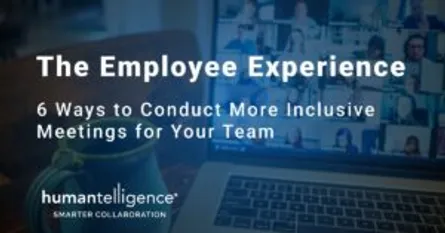
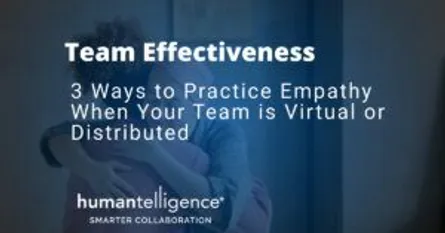



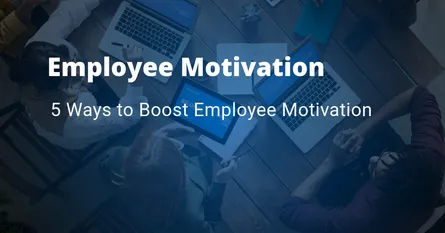





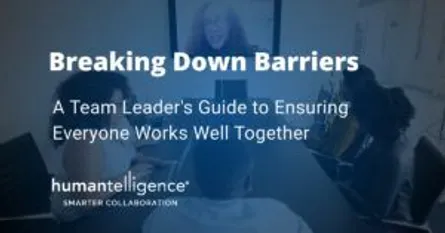
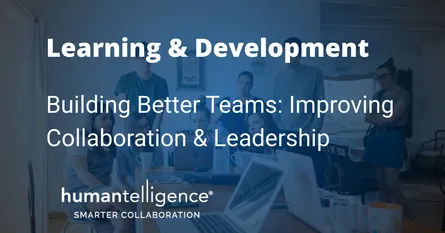

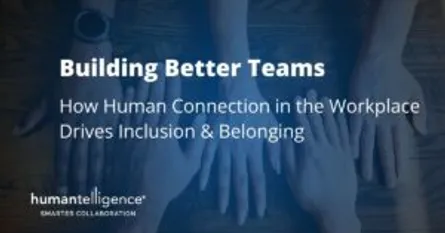

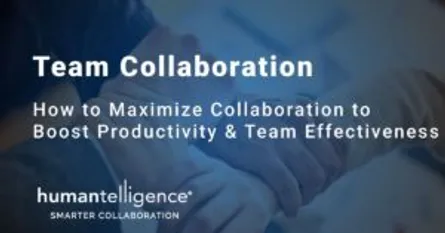
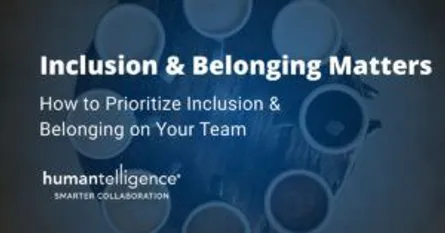


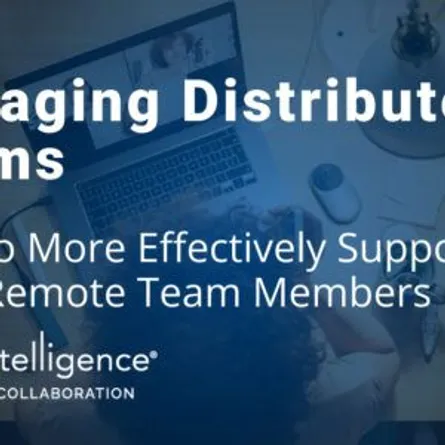
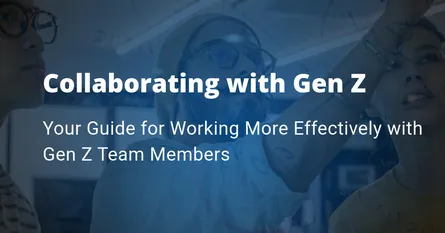
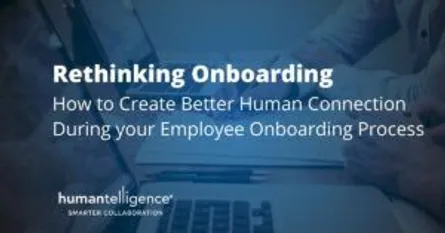


-Low-Quality.DNBpXyLx_1VXSiM.webp)
.CiqwvMOO_A63sY.webp)
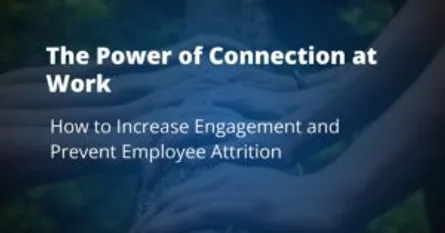
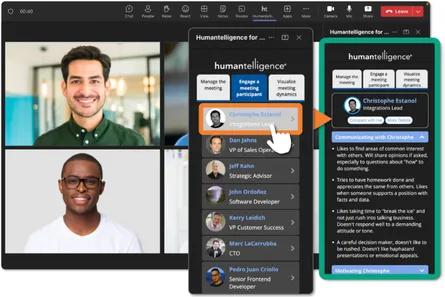


-Medium-Quality.ZFp5mEuF_Z13ebXJ.webp)
